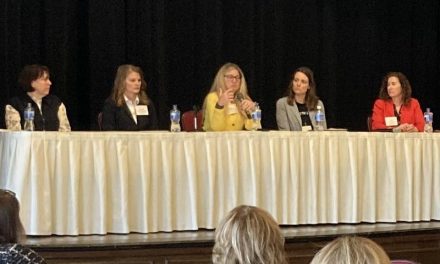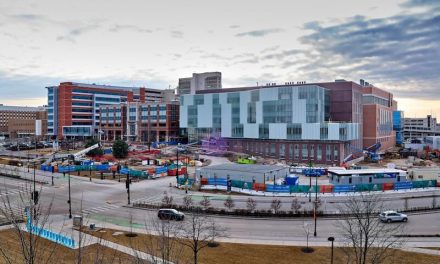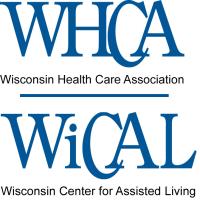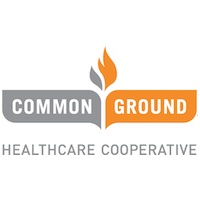
Diversity in populations could influence care of infections like blastomycosis
MARSHFIELD – People diagnosed with fungal infections like blastomycosis and who have certain racial and ethnic backgrounds may need more aggressive treatment and closer monitoring.
This conclusion comes from a new study published in the Open Forum Infectious Diseases journal by Marshfield Clinic Research Institute scientists.
“We know patients of other ethnic and racial backgrounds, including Hispanic, Native American/Alaska natives and Asian, may be more likely to have infections isolated to the lung and may have more severe illness requiring hospitalization,” said Jennifer Meece, Ph.D., director of the Integrated Research and Development Laboratory at the Research Institute. “Providers need to be aware of this so they can better treat these patients. Most prior studies have evaluated Caucasian populations, which does not represent the spectrum of patients who get blastomycosis.”
The study’s primary investigators were Meece and Jennifer Anderson from the Research Institute’s Integrated Research and Development Laboratory. Epidemiologist Jennifer King, Center for Clinical Epidemiology and Population Health, and Holly Frost, M.D., a pediatrician from Denver Health and former Institute researcher, also contributed to this work.
Blastomycosis is a fungal infection endemic in Wisconsin. The fungus causing the infection is in the environment, in moist soil and decomposing matter like wood and leaves, for example. People can get the infection after breathing in airborne fungal spores. Some who breathe in the spores do not get sick. Others may have flu-like symptoms and an infection can sometimes become serious if not treated.
“This information will help providers recognize blastomycosis earlier in patients to guide care and improve clinical outcomes,” Anderson said. “Late fall and early winter are still seasons where we expect exposure and disease to occur due to outdoor activities. People with symptoms should talk with their providers as soon as possible.”
Symptoms include a dry cough with chest pain, lung infection with fever, weight loss, shortness of breath, joint pain, unusual skin sores and body aches.
“We continue to research blastomycosis and its effects on different populations,” Meece said. “We look to expand the research outside of Wisconsin and engage collaborators in other highly endemic areas.”
For more information about blastomycosis, check out Marshfield Clinic’s Shine365 blog at https://shine365.
.
















.jpg?bwg=1612548324)













